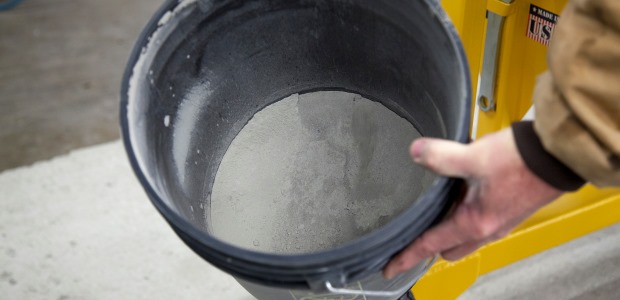
By Rick Walstad
Here's how to easily and successfully meet OSHA standards with your concrete drill.

By Ma Joelle Lingat
Effective industrial hygiene management requires recording and maintaining consistent and complete work site data. Using outdated methods is in itself a serious risk.
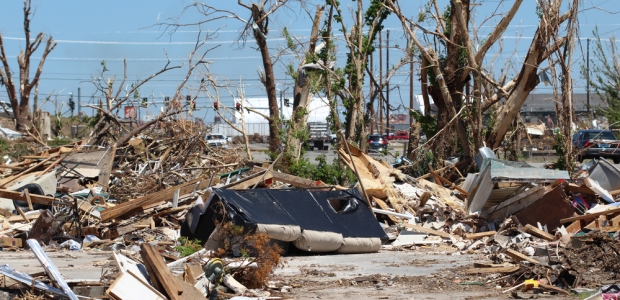
By Carol Hill
Not all natural disasters occur during full staff hours. Many take place when staff or logistical support is limited. Keep this in mind while creating the plan.
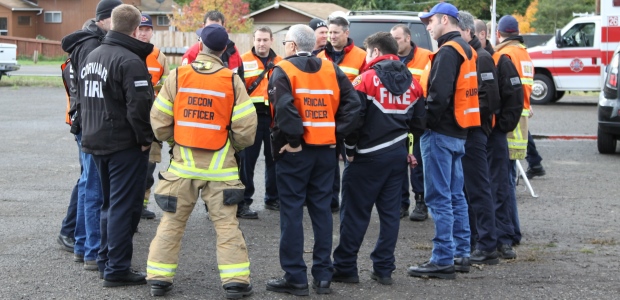
By Roger Marks
If employees take the wrong response actions, don’t know what to do, or try to perform jobs they are not capable of, the resulting mistakes, confusion, and disarray will stand in the way of a safe response.
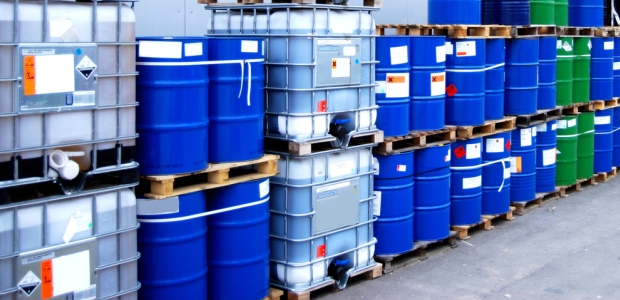
By Ian Cohen
Technology can help streamline and standardize complex processes, centralize data and corresponding analyses, make reporting easier, and eliminate silos between departments.

By Zoë Frances
With the right strategies and tools, you’ll overcome the challenges and create an industrial hygiene program that protects your most important asset—your employees.
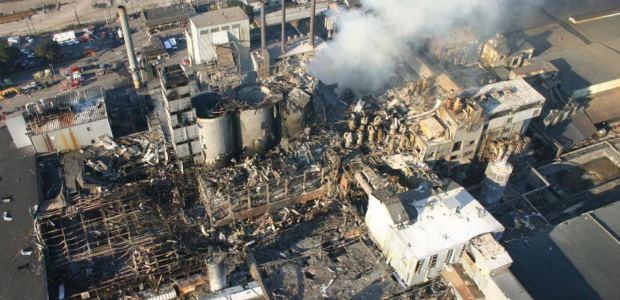
By David Kennedy
The biggest mistake food manufacturers make is assuming that because their plants have been in operation for years without accidents and without being cited, they are in compliance.

By Jerry Laws
Some ototoxic chemicals may exacerbate noise-induced hearing loss even though the noise level is below OSHA’s PEL, the document warns.
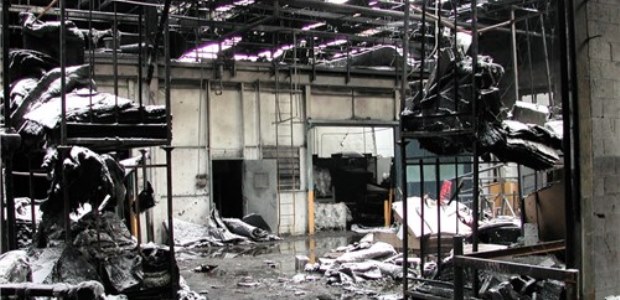
By Stephen Watkins
The bottom line is this: If your facility contains dust, you should have it tested for combustibility.

By Jessica Davis
The May 22 general session will bring all attendees together for a discussion on one of the most pressing issues in America, the opioids crisis and the potential for first responders to be dangerously exposed while working.
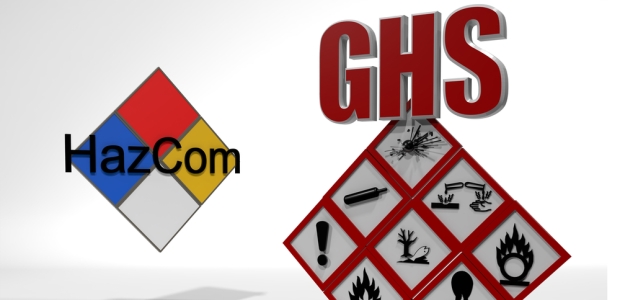
By David Williams
The Globally Harmonized System for Classification and Labeling of Chemicals isn't actually that harmonized. This disharmony creates bigger challenges to managing SDSs and chemical data across the global supply chain.
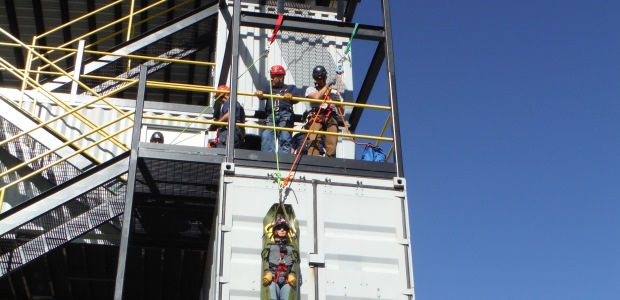
By Deborah Lovell
The key to mitigating human error during a real emergency is the right kind of realistic training.
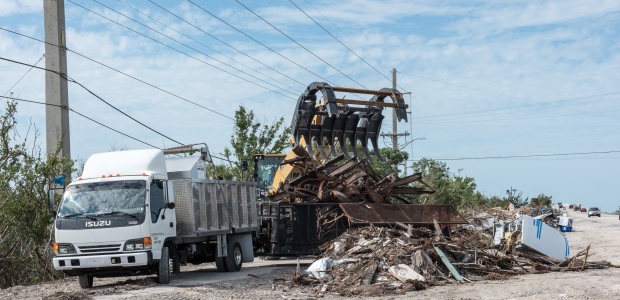
By Karen D. Hamel
One or all of a facility's assets may be compromised or destroyed. Documenting what resources will be available to guard or replace those assets facilitates a timely recovery.
By Jerry Laws
The reason to create a technical report is that workplace safety standards can take years to develop.
By Robert Pater
"Energizing" is potentially highly renewable. We've seen how people become immediately charged up when they discover how select Safety techniques can make them immediately stronger and more balanced.